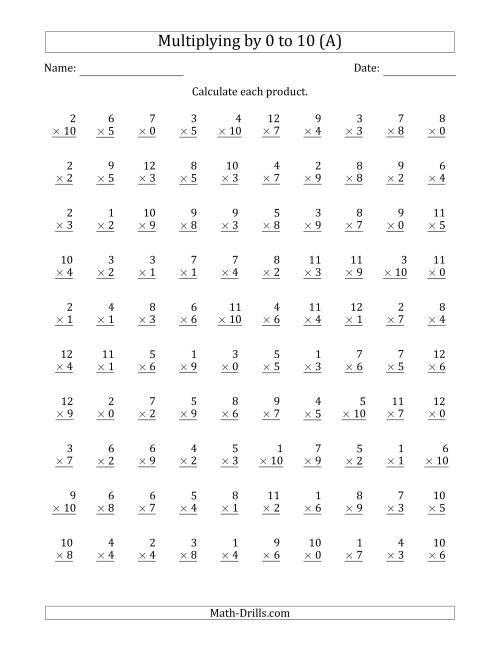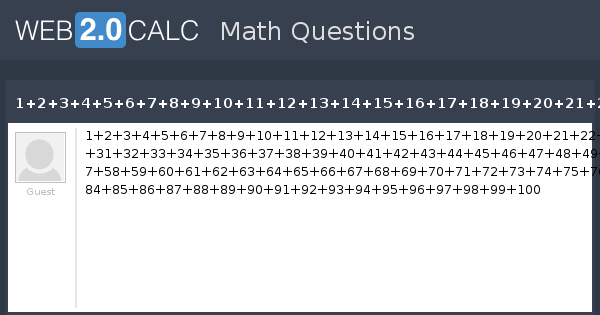
Furthermore, the use of robotics and other technical innovations in their live performances illustrates Kraftwerk’s belief in the respective contributions of both people and machines in creating art. Their innovative looping techniques and computerized rhythms, which had a major influence on the early development of hip-hop and electronic dance music, remain among the most commonly sampled sounds across a wide range of music genres. Kraftwerk anticipated the impact of technology on art and everyday life, creating sounds and visuals that capture the human condition in the age of mobility and telecommunication. Their compositions, which feature distant melodies, multilingual vocals, robotic rhythms, and custom-made vocoders and computer-speech technology, almost single-handedly created the soundtrack for our digital future. By the mid-1970s the group had achieved international recognition for their revolutionary electro “sound paintings” and their musical experimentation with tapes and synthesizers. Ralf Hütter and Florian Schneider began the Kraftwerk project in Düsseldorf, Germany, in 1970, setting up the pioneering Kling Klang studio, where all of Kraftwerk’s albums were conceived and composed. This reinterpretation showcases Kraftwerk’s historical contributions to and contemporary influence on global sound and image culture. Kraftwerk will follow each evening’s album performance with additional compositions from their catalog, all adapted specifically for this exhibition. Each evening consists of a live performance and 3-D visualization of one of Kraftwerk’s studio albums- Autobahn (1974), Radio-Activity (1975), Trans-Europe Express (1977), The Man-Machine (1978), Computer World (1981), Techno Pop (1986), The Mix (1991), and Tour de France (2003)-in the order of their release. Example, 4 + 5 = 9 –8 + (–7) = –15.Over eight consecutive nights, MoMA presents a chronological exploration of the sonic and visual experiments of Kraftwerk with a live presentation of their complete repertoire in the Museum’s Marron Atrium. – The sum of any two consecutive numbers is always odd.

Let us find their product 11 × 13 = 143 ✓Therefore, the numbers are 11 and 13.

We should choose the numbers whose product is nearly 143.Ĭonsecutive odd numbers near 12 are 11 and 13. So, the two numbers are 27 and 28.Ģ7 + 28 = 55 ✓Therefore, the numbers are 27 and 28.Įxample: The product of two consecutive odd numbers is 143. We should choose the numbers such that their sum is 55. We now form an equation as per the given information: Since the numbers are consecutive, the other number will be a + 1

The term consecutive numbers is often used to frame word problems.Įxample: The sum of two consecutive numbers is 55. We can also have consecutive even and odd integers.Įxample: Consecutive Even Integers: – 8, –6, –4, –2, 0, 2, 4, 6, ….Įxample: Consecutive Odd Integers: –9, –7, –5, –3, –1, 1, 3, 5, 7, ….

The examples of consecutive odd numbers are:1, 3, 5, 7, 9, 11, 13, 15, …. Odd numbers are numbers that end with 1, 3, 5, 7 or 9. The examples of consecutive even numbers are:0, 2, 4, 6, 8, 10, 12, …. Consecutive Even Numbers:Įven numbers are numbers that end with 0, 2, 4, 6 or 8. Numbers that follow each other continuously in the order from smallest to largest are called consecutive numbers.ġ, 2, 3, 4, 5, 6, and so on are consecutive numbers.


 0 kommentar(er)
0 kommentar(er)
